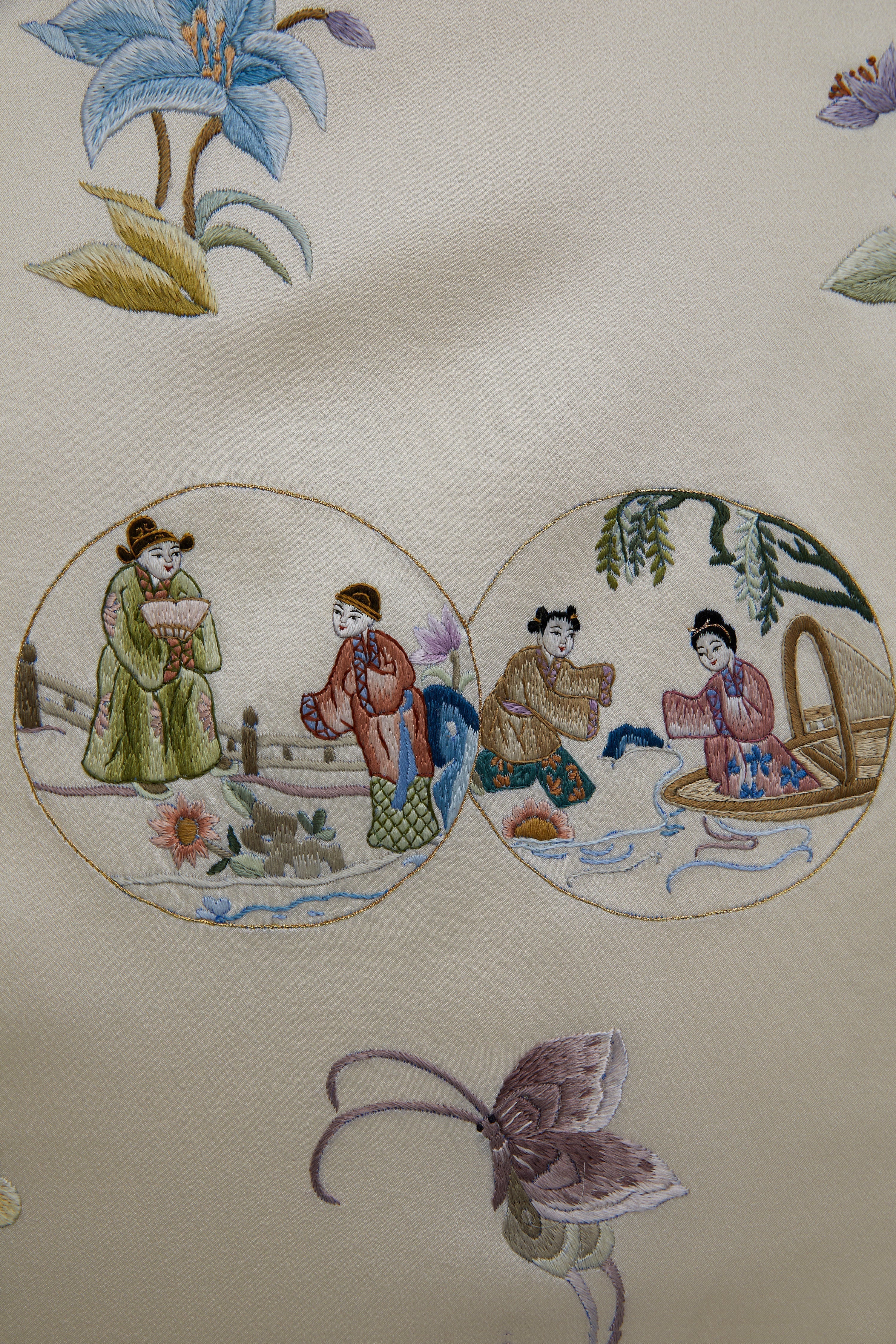
What’s Qin Qi Shu Hua in Chinese tradition?
In the collection of RegardStudio, There is a Masterpiece of Elegance and Tradition called Qin Qi Shu Hua, the story behind this collection is beyond normal. The Qin Qi Shu Hua is the four arts of Chinese traditional heritage. In the old times, Chinese scholars used to consider it essential for cultivating one’s character and intelligence. The four arts leave countless, timeless classic artwork for the world, in this article, RegardStudio discovers the timeless treasure of Chinese Tradition.
Qin(琴)
Qin refers to Guqin - a Chinese seven string plucked musical instrument. The legendary figures of prehistoric China, Fuxi, Shennong and Huangdi, they all contributed to creating the Guqin, an instrument that embodies dao. In the old time, it was said to be able to drive away sickness and build a basis to obtain wealth.

Qi(棋)
Qi refers to Go, was invented in China 2500 years ago and believed to be the oldest board continuously played to the present day. Qi was also said to be created by Emperor Shun to teach Yao’s son self-cultivation, wisdom, and gentlemanly ideals. Unlike Qi, for playing chess one needs just such a scheming mind. Chess experts often suffer from hemoptysis and general decline in health. Which makes them complement each other. The first chapter of Lao Tzu's Tao Te Ching mentions, the mystery of the mysterious is ‘the gateway to all marvels’, which emphasizes the wonderful skill feature of Qi.

Shu(书)
Shu is Chinese calligraphy (Shufa). Calligraphic process is also structured in the same way as weiqi. A minimalist set of rules conveys a system of incredible complexity and grandeur. Every character from the Chinese scripts is built into a uniform shape by means of assigning it a geometric area in which the character must occur. There was a concept in China called Four Treasures of the Study (文房四宝), including brush, ink, paper, and inkstone. The four treasures were the tools Shu, conveying emotion and thought, the attitude of people. It is said to reflect an individual's personality of how he writes. Chinese calligraphy focuses not only on methods of writing but also on cultivating one's character (人品) and is taught as a pursuit.

3. Hua(画)
Traditional Chinese Painting is known as Guohua, emphasizes harmony between humans and nature. Blending Shanshui (landscapes), fauna and poetic artwork together. Some examples date back to the decorative paintings that were emblazoned on Neolithic pottery. Unlike Western artists, Chinese scholars prefer to capture the essence of their subject with minimal brushstrokes and ‘negative space’. Often Chinese paintings would be produced on a sheet of plain white rice paper or silk using nothing but black ink and a single brush. These paintings were made to demonstrate the power of a single line, and in them was reflected a skill that valued intentional and calculated strokes over instinctual erratic creation.

Why Do Qin Qi Shu Hua Matter Today?
In Regardstudio, we intend to seamlessly blend modern business acumen with the rich heritage of Chinese traditional culture.
The Four Arts are more than historical relics—they embody China’s pursuit of wisdom, creativity, and inner peace. In a fast-paced world, they remind us to slow down, reflect, and appreciate beauty in simplicity. Whether through the quiet strumming of a guqin, the strategic depth of weiqi, the grace of calligraphy, or the serenity of ink paintings, these arts offer lessons for modern life.
So, the next time you encounter Chinese culture, look beyond the surface. You might just find a world where every stroke, note, and move tells a story thousands of years in the making.




